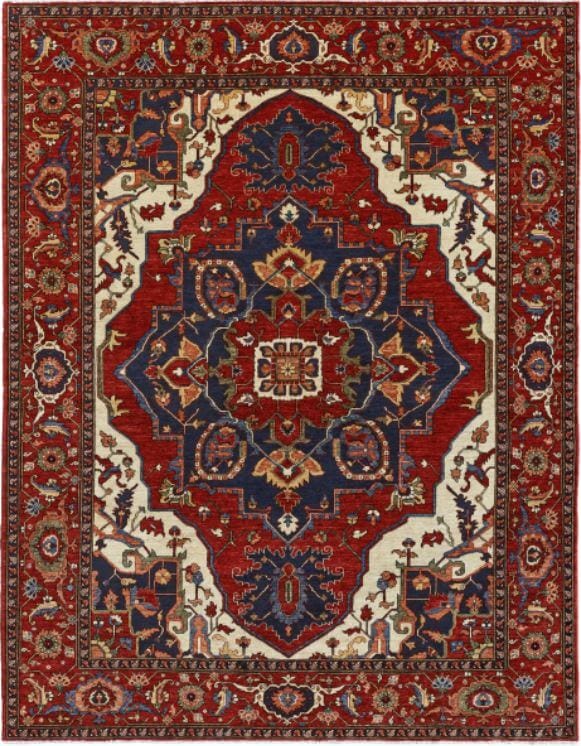The Timeless Elegance of Persian Rugs: Craftsmanship, Culture, and Charm
Persian rugs are more than just floor coverings — they are works of art, deeply woven with history, culture, and tradition. Originating from Iran (historically known as Persia), these rugs have earned a reputation worldwide for their intricate designs, superior craftsmanship, and timeless elegance. Whether adorning a modern home or a traditional space, Persian rugs effortlessly elevate interior aesthetics while narrating stories of ancient artistry.

A Rich Legacy of Artistry
The history of Persian rug weaving dates back over 2,500 years. Initially developed for practical purposes to insulate homes, these rugs gradually became symbols of wealth and status. By the time of the Safavid Dynasty in the 16th century, Persian rug weaving had evolved into a highly respected art form. Royal courts supported workshops, and master weavers emerged, producing rugs that are now considered priceless antiques displayed in museums across the world.
Unmatched Craftsmanship
What sets Persian rugs apart is the extraordinary craftsmanship involved in their creation. Hand-knotted with meticulous precision, a single rug can take months or even years to complete, depending on its size and complexity. Each rug is made using natural materials such as wool, silk, and cotton, dyed with plant-based or mineral colors. The knot count — often ranging from 120 to over 800 knots per square inch — is a clear indicator of the rug’s quality and the artisan’s skill.
The weaving techniques vary between regions, with cities like Tabriz, Isfahan, Kashan, Qom, and Kerman known for distinctive styles and motifs. For example, Tabriz rugs are famous for their medallion patterns, while Qom rugs are renowned for their silk threads and fine detail. The uniqueness of each rug lies not only in its design but also in the regional identity and cultural story it embodies.
Designs That Speak
Persian rug designs are rich with symbolism. Floral motifs represent beauty and paradise, geometric shapes suggest harmony and balance, and animals like peacocks or lions can symbolize nobility or protection. Many rugs include a central medallion surrounded by detailed borders, creating a sense of depth and grandeur. No two handmade Persian rugs are ever exactly alike, adding to their charm and individuality.
Why Choose a Persian Rug?
Investing in a Persian rug is not just a choice for decor — it’s a choice for tradition and longevity. These rugs are incredibly durable, often lasting generations with proper care. Their timeless beauty means they rarely go out of style, complementing both contemporary and classic interiors. Moreover, the value of an authentic Persian rug can appreciate over time, making it a worthwhile heirloom piece.
Care and Preservation
To maintain a Persian rug’s beauty, regular vacuuming and occasional professional cleaning are recommended. Avoid direct sunlight, which may fade the dyes, and rotate the rug periodically to ensure even wear. With proper care, these rugs can remain vibrant and intact for decades.
Conclusion
Persian Rugs Dubai are not merely decorative items; they are cherished artifacts of human creativity and cultural heritage. Every knot tells a story, every color holds meaning, and every pattern reflects centuries of artistic evolution. Whether placed in a living room, office, or gallery, a Persian rug brings warmth, sophistication, and soul to any space.


Comments
Post a Comment